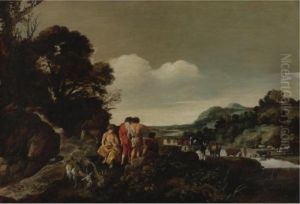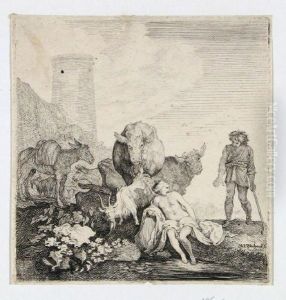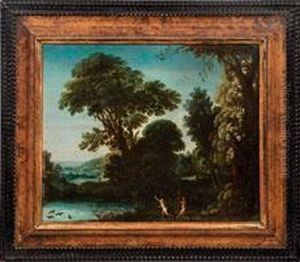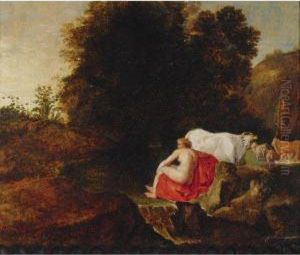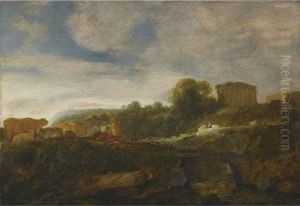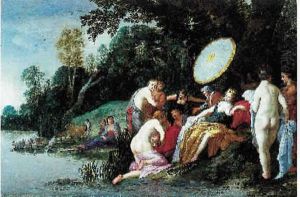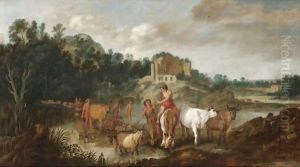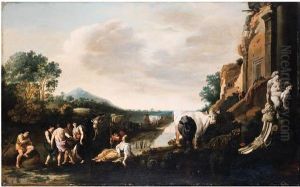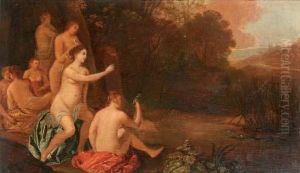Moyses or Moses Matheusz. van Uyttenbroeck Paintings
Moyses or Moses van Uyttenbroeck, sometimes referred to as Moses Matheusz. van Uyttenbroeck, was a Dutch Golden Age painter and etcher known for his works in the genres of history painting and portraiture. Born around 1590-1600 in the Netherlands, his exact birthplace is not well-documented, but he was active in The Hague, where he became a member of the painter's confraternity, the Confrerie Pictura, in 1620.
Uyttenbroeck's style is characterized by a dynamic and somewhat mannerist approach, with an emphasis on elegant figures and an imaginative use of color and light. His works often depicted mythological or biblical scenes, with a distinct flair that set him apart from his contemporaries. Not much is known about his training or early career, but it is believed that he may have been influenced by Italian art or had some training in Italy, as his style bears similarities to Italian mannerism.
Despite being a respected artist in his time, Moyses van Uyttenbroeck did not leave behind a large body of work, or at least not much that can be firmly attributed to him. His paintings were sometimes confused with those of other artists from the same period, which has made it difficult for art historians to fully assess his oeuvre.
Uyttenbroeck's death is as uncertain as his birth, with estimates ranging from 1646 to 1657. While he may not have the same lasting fame as some of his Dutch contemporaries, his unique contributions to the Dutch Golden Age of painting continue to be recognized and appreciated by art historians and collectors. His works are held in various museums and collections around the world, where they stand as testimonies to the rich artistic culture of the 17th century Netherlands.


